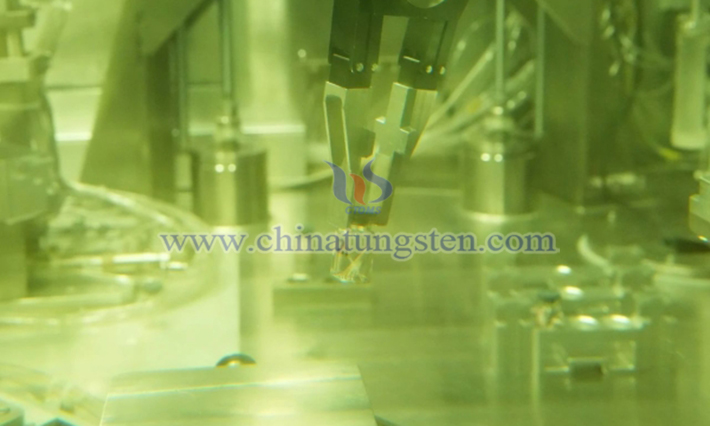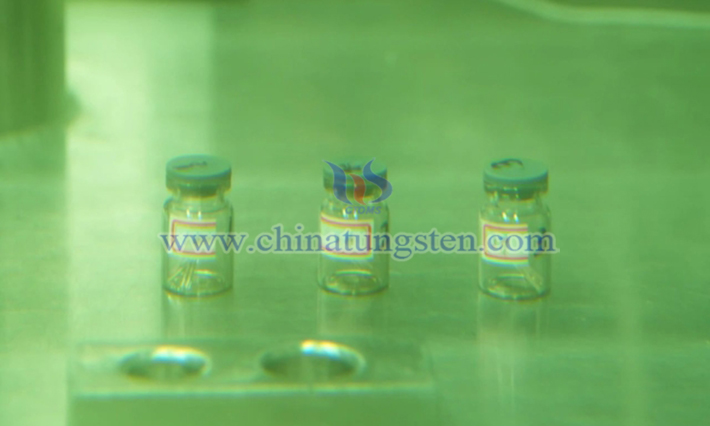China Successfully Produces Yttrium-90 Using a Commercial Nuclear Reactor
- Details
- Category: Rare Earth News
- Published on Tuesday, 17 June 2025 15:50
On June 14, China National Nuclear Corporation (CNNC) Qinshan Nuclear Power Plant achieved another breakthrough: Yttrium-90 (Y-90) glass microspheres irradiated in a heavy water reactor were successfully removed and passed all relevant inspections. This milestone marks China's elimination of its previous heavy reliance on imported Y-90 microspheres and establishes the nation as one of the few in the world capable of producing this cutting-edge medical product using a commercial nuclear reactor.

Y-90 microspheres are primarily produced from Yttrium-89 (Y-89), which absorbs neutrons in a nuclear reactor to become radioactive Yttrium-90. Known as a "precise nuclear weapon" in the field of interventional therapy for liver cancer, Y-90 microspheres destroy tumor cells through the emission of β-rays. They are now a core method for treating intermediate and advanced liver cancer internationally. Compared with traditional external beam radiation therapy, Y-90 microsphere interventional therapy delivers higher radiation doses over smaller areas with greater precision, significantly reducing damage to healthy tissues. However, due to the long-term dependence on imported Y-90 microspheres, many Chinese patients have faced serious treatment access challenges.
Against this backdrop, CNNC has leveraged its complete nuclear medicine industry chain and driven innovation to ensure nuclear technology products and services become more widely accessible and beneficial to the public. Capitalizing on the high neutron flux and stable continuous operation of its commercial heavy water reactor, Qinshan Nuclear Power Plant, in collaboration with Shanghai Nuclear Engineering Research and Design Institute and CNNC North Nuclear Fuel Component Co., undertook a joint research initiative. From design and development to installation, in-core irradiation, disassembly, and testing, numerous trials and refinements were made. Ultimately, they overcame critical technical bottlenecks. Inspection results showed that the specific activity and other parameters of the batch of Y-90 glass microspheres met all design requirements, marking a significant step forward in China's capability to produce Y-90 using commercial reactor irradiation.

The domestication of Y-90 glass microspheres represents not only a technological breakthrough but also a ray of hope for countless liver cancer patients. Y-90 microsphere interventional therapy is a minimally invasive technique that delivers the microspheres via vascular intervention directly into the hepatic artery to precisely target liver tumors. These microspheres emit β-rays with an average tissue penetration of only 2.5 millimeters, allowing for accurate tumor destruction from the inside out. Furthermore, due to their inability to pass through capillaries and veins, damage to healthy liver tissue is minimal.
- Chinatungsten Online: www.chinatungsten.com
- CTIA GROUP LTD: en.ctia.group
- Tungsten News & Price: www.ctia.com.cn
- Molybdenum News & Price: news.molybdenum.com.cn
- Tel.: 86 592 5129696; Email: sales@chinatungsten.com



 sales@chinatungsten.com
sales@chinatungsten.com